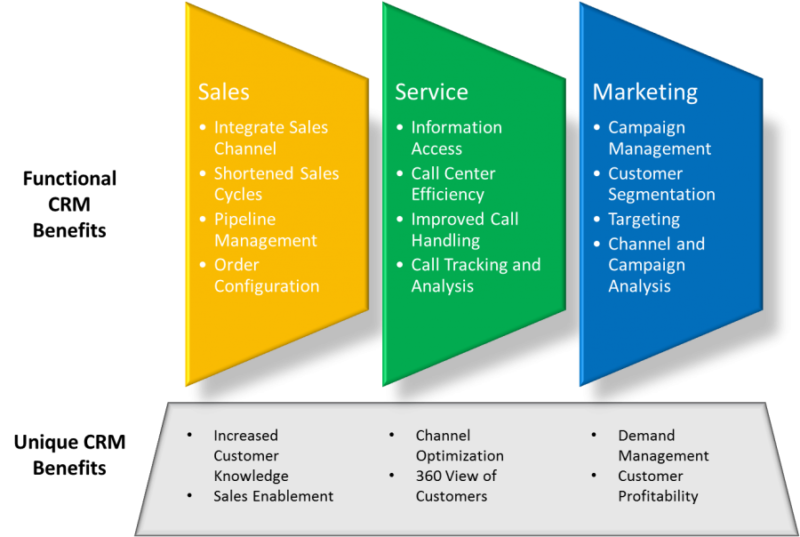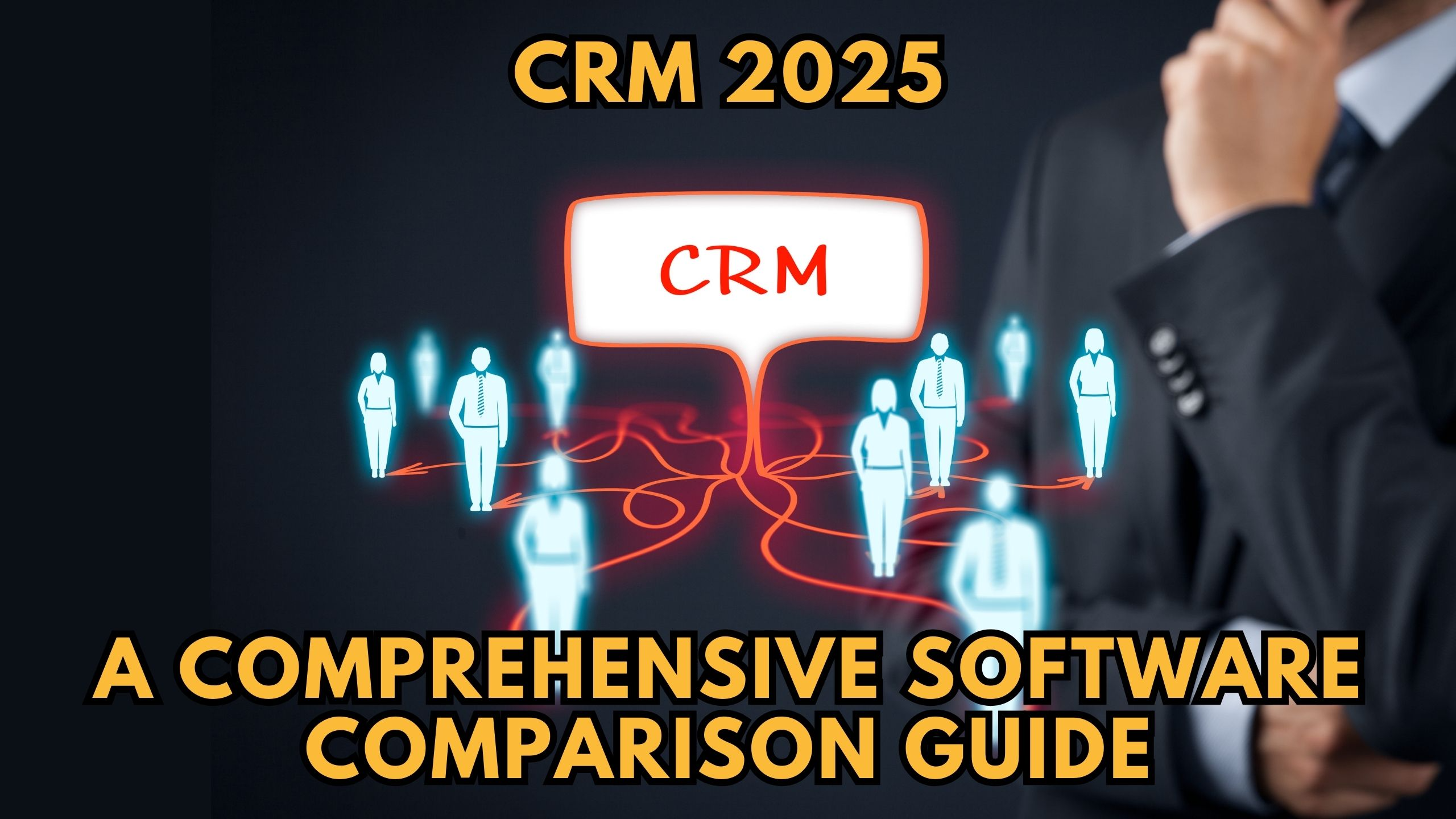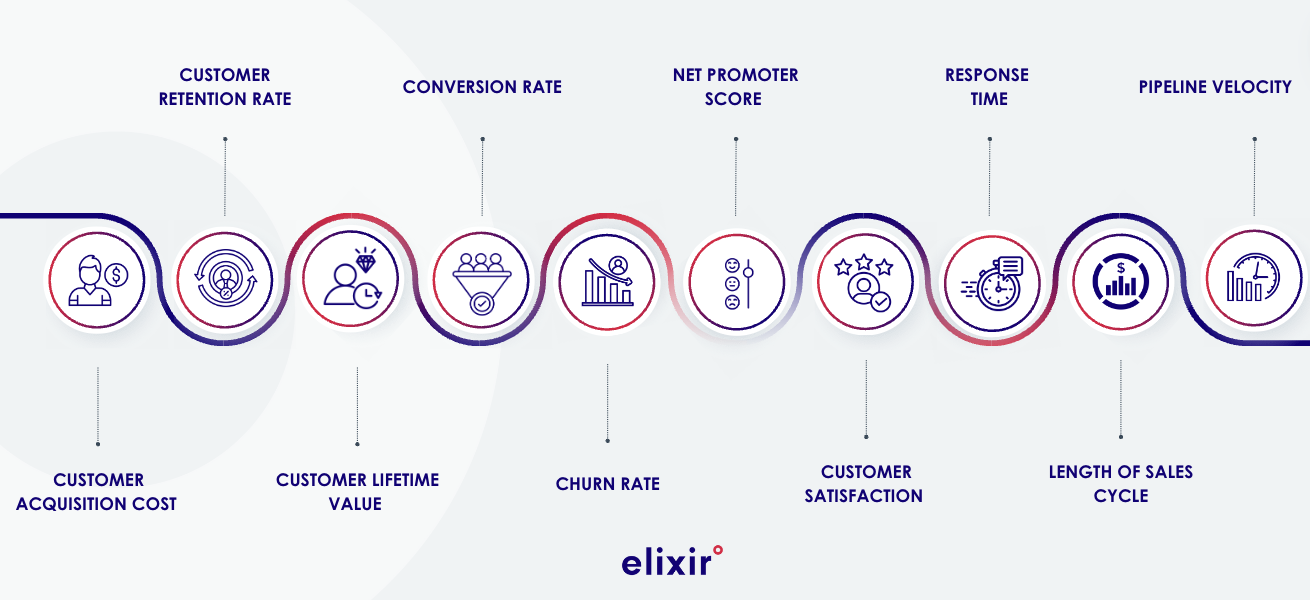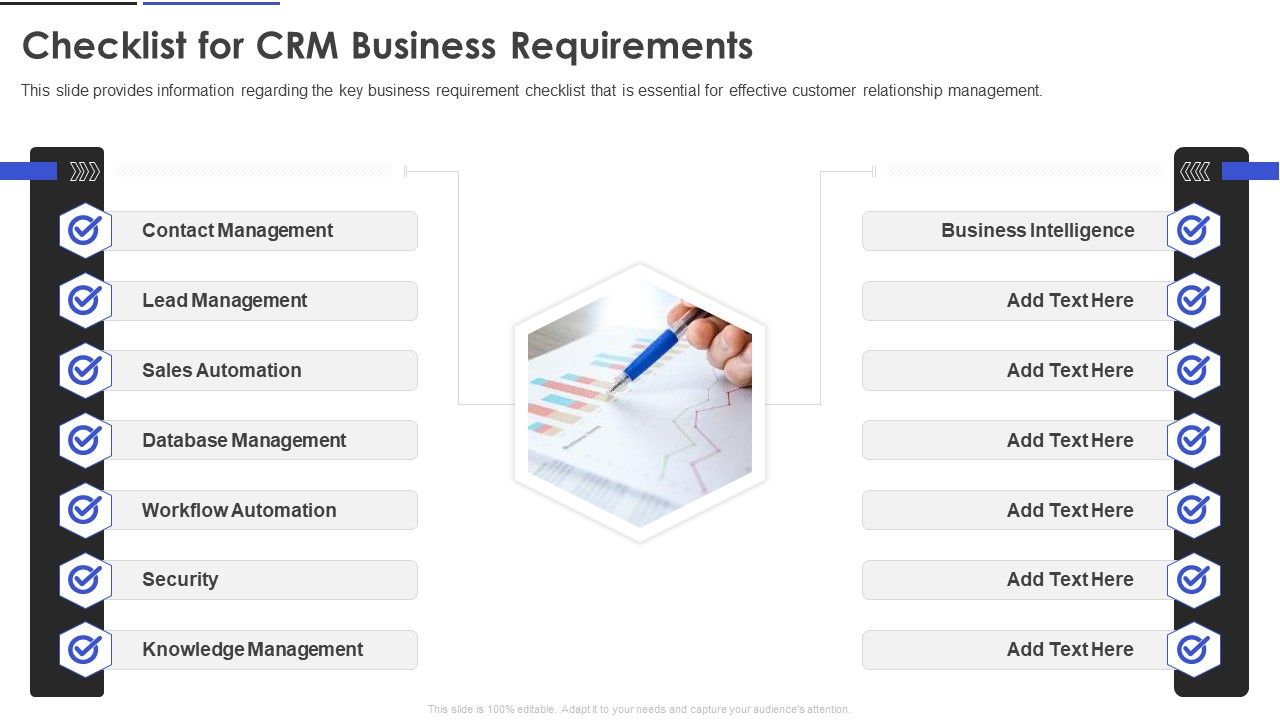
Introduction: The Power of CRM in Modern Marketing
In today’s hyper-competitive business landscape, understanding and engaging with your customers is no longer optional; it’s essential for survival and success. This is where Customer Relationship Management (CRM) systems come into play. They’re not just fancy databases; they’re the central nervous system of your marketing efforts, allowing you to collect, organize, and leverage customer data to drive growth. This article delves deep into the world of CRM marketing optimization, providing a comprehensive guide to help you harness the full potential of your CRM system.
We’ll explore the core concepts, strategies, and practical tips that will empower you to transform your CRM into a powerful engine for customer acquisition, retention, and overall business performance. Get ready to unlock the secrets to maximizing your CRM’s impact and achieving remarkable results.
Understanding the Fundamentals of CRM Marketing
Before we dive into optimization, it’s crucial to grasp the fundamental principles of CRM marketing. At its core, CRM marketing is a strategic approach that centers on building and nurturing strong, lasting relationships with your customers. It’s about moving beyond transactional interactions and creating a deeper understanding of their needs, preferences, and behaviors.
What is a CRM System?
A CRM system is a software solution designed to manage all your company’s interactions and relationships with current and potential customers. It serves as a centralized hub for customer data, including contact information, purchase history, communication logs, and much more. This data is then used to inform marketing strategies, sales efforts, and customer service interactions.
Key benefits of a CRM system include:
- Centralized Data: All customer information is stored in one accessible location.
- Improved Communication: Streamlined communication across teams.
- Enhanced Customer Service: Better understanding of customer needs leading to superior service.
- Increased Sales: Targeted marketing and sales efforts based on customer insights.
- Data-Driven Decision Making: Provides valuable insights for strategic planning.
The Importance of CRM in Modern Marketing
In the age of personalized experiences and data-driven marketing, CRM is more critical than ever. It allows businesses to:
- Personalize Customer Interactions: Tailor marketing messages and offers based on individual customer preferences and behaviors.
- Segment Audiences Effectively: Group customers into meaningful segments for targeted marketing campaigns.
- Automate Marketing Processes: Streamline repetitive tasks such as email marketing and lead nurturing.
- Track and Measure Results: Monitor the performance of marketing campaigns and make data-driven adjustments.
- Improve Customer Loyalty: Build stronger relationships and foster customer loyalty through personalized experiences and proactive communication.
Key Strategies for CRM Marketing Optimization
Now that we’ve covered the basics, let’s explore the key strategies for optimizing your CRM marketing efforts. These strategies will help you get the most out of your CRM system and drive tangible results.
1. Data Management and Hygiene
Data is the lifeblood of any CRM system. The quality of your data directly impacts the effectiveness of your marketing efforts. Poor data quality can lead to inaccurate targeting, wasted resources, and a negative customer experience. Therefore, data management and hygiene are paramount.
Data Cleansing and Enrichment
Regularly cleanse your data to remove duplicates, correct errors, and update outdated information. Data enrichment involves supplementing your existing customer data with additional information from external sources. This can provide valuable insights into customer demographics, interests, and behaviors, enabling more effective targeting.
Data Segmentation
Segmenting your customer data allows you to create targeted marketing campaigns that resonate with specific groups of customers. Common segmentation criteria include:
- Demographics: Age, gender, location, income, etc.
- Purchase History: Products purchased, frequency of purchases, average order value.
- Engagement: Email open rates, website activity, social media interactions.
- Customer Lifecycle Stage: Lead, prospect, customer, loyal customer.
2. Segmentation and Targeting
Effective segmentation is the foundation of successful CRM marketing. Once you have clean and enriched data, you can begin to segment your audience and create targeted campaigns.
Creating Customer Personas
Develop detailed customer personas to represent your ideal customers. These personas should include information about their demographics, psychographics, behaviors, and motivations. Personas help you understand your customers better and tailor your marketing messages accordingly.
Targeted Campaigns
Use your segmented data and customer personas to create targeted marketing campaigns. This might involve sending personalized emails, delivering targeted ads, or offering exclusive promotions to specific customer segments. The more relevant your message is to the recipient, the more likely they are to engage.
3. Automation and Workflow Optimization
Automation is a powerful tool for streamlining marketing processes and improving efficiency. By automating repetitive tasks, you can free up your team to focus on more strategic initiatives.
Marketing Automation Tools
Leverage marketing automation tools to automate tasks such as email marketing, lead nurturing, and social media posting. These tools allow you to create automated workflows that trigger actions based on customer behavior.
Workflow Optimization
Optimize your workflows to ensure that they are efficient and effective. This might involve mapping out your customer journey, identifying bottlenecks, and streamlining processes. Regularly review and refine your workflows to maximize their impact.
4. Personalization and Customer Experience
In today’s world, customers expect personalized experiences. CRM systems provide the tools you need to deliver personalized content, offers, and interactions that resonate with individual customers.
Personalized Content
Use customer data to personalize the content you deliver. This might include personalizing email subject lines, website content, and product recommendations. Personalization can significantly increase engagement and conversion rates.
Customer Journey Mapping
Map out the customer journey to understand the different touchpoints customers have with your brand. This will help you identify opportunities to personalize the customer experience at each stage of the journey.
5. Integration and System Connectivity
To maximize the effectiveness of your CRM, it’s important to integrate it with other systems and tools used in your business.
Connecting with Other Platforms
Integrate your CRM with other platforms such as your website, e-commerce platform, social media channels, and email marketing software. This will allow you to share data seamlessly and create a unified view of your customers.
API Integrations
Utilize API integrations to connect your CRM with other third-party applications and services. This can automate data transfer, synchronize information, and improve overall efficiency.
6. Reporting and Analytics
Data without analysis is just noise. Reporting and analytics are crucial for understanding the performance of your CRM marketing efforts and making data-driven decisions.
Key Performance Indicators (KPIs)
Identify the key performance indicators (KPIs) that are most relevant to your business goals. These might include:
- Customer Acquisition Cost (CAC)
- Customer Lifetime Value (CLTV)
- Conversion Rates
- Customer Retention Rate
- Website Traffic and Engagement
- Email Open and Click-Through Rates
Data Visualization and Reporting
Use data visualization tools to create dashboards and reports that provide insights into your CRM marketing performance. Regularly review these reports to identify trends, track progress, and make data-driven adjustments.
Implementing CRM Marketing Optimization: A Step-by-Step Guide
Now, let’s put these strategies into action. Here’s a step-by-step guide to implementing CRM marketing optimization:
Step 1: Assess Your Current CRM Setup
Before you start optimizing, take stock of your current CRM system. Evaluate its strengths and weaknesses. Consider these questions:
- What data do you currently collect?
- How is the data organized?
- Are there any data quality issues?
- Are you using all the features of your CRM system?
- How well is your CRM integrated with other systems?
This assessment will help you identify areas for improvement.
Step 2: Define Your Goals and Objectives
What do you want to achieve with CRM marketing optimization? Set clear, measurable, achievable, relevant, and time-bound (SMART) goals. Examples include:
- Increase customer retention rate by 10% in the next quarter.
- Increase email open rates by 5% within six months.
- Generate 20% more qualified leads through targeted marketing campaigns.
Step 3: Clean and Enrich Your Data
Prioritize data cleansing and enrichment. This may involve:
- Cleaning data: Remove duplicates, correct errors, and update outdated information.
- Enriching data: Supplement customer data with information from external sources.
Ensure your data is accurate, complete, and up-to-date.
Step 4: Segment Your Audience
Divide your customer base into meaningful segments based on demographics, purchase history, engagement, and other relevant criteria. Develop customer personas to represent your ideal customers.
Step 5: Create Targeted Campaigns
Develop marketing campaigns that are specifically tailored to each customer segment. Personalize your messaging, offers, and content to resonate with each group.
Step 6: Automate Your Workflows
Use marketing automation tools to streamline repetitive tasks such as email marketing, lead nurturing, and social media posting. Automate workflows to trigger actions based on customer behavior.
Step 7: Personalize the Customer Experience
Leverage customer data to personalize the content, offers, and interactions you deliver. Make the customer experience as relevant and engaging as possible.
Step 8: Integrate Your Systems
Integrate your CRM with other systems and tools used in your business, such as your website, e-commerce platform, and email marketing software. Ensure seamless data sharing and a unified view of your customers.
Step 9: Track and Analyze Your Results
Monitor the performance of your CRM marketing efforts using key performance indicators (KPIs). Regularly review your results to identify trends, track progress, and make data-driven adjustments.
Step 10: Continuously Improve
CRM marketing optimization is an ongoing process. Regularly review your strategies, test new approaches, and make adjustments as needed. Stay up-to-date with the latest marketing trends and best practices.
Tools and Technologies for CRM Marketing Optimization
The right tools and technologies can make a significant difference in your CRM marketing optimization efforts. Here are some of the leading solutions in the market:
CRM Software
Choose a CRM system that meets your specific needs and budget. Popular options include:
- Salesforce: A leading CRM platform with a wide range of features and integrations.
- HubSpot CRM: A free CRM with powerful marketing automation and sales tools.
- Zoho CRM: A versatile CRM solution for businesses of all sizes.
- Microsoft Dynamics 365: A comprehensive CRM platform integrated with other Microsoft products.
Marketing Automation Platforms
Integrate your CRM with a marketing automation platform to automate tasks such as email marketing, lead nurturing, and social media posting.
- Marketo (Adobe Marketo Engage): A robust marketing automation platform for large enterprises.
- Pardot (Salesforce Pardot): A marketing automation platform designed for B2B companies.
- ActiveCampaign: A versatile marketing automation platform for small and medium-sized businesses.
- Mailchimp: A popular email marketing platform with marketing automation features.
Data Enrichment Tools
Use data enrichment tools to supplement your existing customer data with additional information.
- Clearbit: A data enrichment platform that provides detailed customer insights.
- ZoomInfo: A business-to-business (B2B) data provider with contact information and company profiles.
- Lead411: Provides B2B contact data and sales intelligence.
Analytics and Reporting Tools
Utilize analytics and reporting tools to track the performance of your CRM marketing efforts and make data-driven decisions.
- Google Analytics: A web analytics service that tracks website traffic and user behavior.
- Tableau: A powerful data visualization tool for creating dashboards and reports.
- Power BI (Microsoft Power BI): A business intelligence tool for data analysis and visualization.
Common Challenges and How to Overcome Them
While CRM marketing optimization offers significant benefits, it’s not without its challenges. Here’s how to address some common hurdles:
Data Quality Issues
Challenge: Poor data quality can lead to inaccurate targeting, wasted resources, and a negative customer experience.
Solution: Implement data cleansing and enrichment processes. Regularly review and update your data. Use data validation rules to ensure data accuracy.
Lack of Integration
Challenge: A lack of integration between your CRM and other systems can limit the flow of data and hinder your marketing efforts.
Solution: Integrate your CRM with other systems such as your website, e-commerce platform, and email marketing software. Utilize API integrations to connect with third-party applications.
Resistance to Change
Challenge: Employees may resist adopting new CRM processes or tools.
Solution: Provide comprehensive training and support. Communicate the benefits of CRM marketing optimization. Involve employees in the implementation process.
Measuring ROI
Challenge: It can be challenging to measure the return on investment (ROI) of your CRM marketing efforts.
Solution: Track key performance indicators (KPIs) such as customer acquisition cost (CAC), customer lifetime value (CLTV), and conversion rates. Use data visualization tools to create reports that provide insights into your CRM marketing performance.
Best Practices and Tips for CRM Marketing Optimization
To further enhance your CRM marketing optimization efforts, consider these best practices and tips:
Focus on the Customer
Always put the customer first. Understand their needs, preferences, and behaviors. Personalize your marketing messages and offers to create a positive customer experience.
Start Small and Scale
Don’t try to implement everything at once. Start with a few key strategies and gradually scale your efforts as you see results.
Train Your Team
Provide comprehensive training to your team on how to use your CRM system and implement CRM marketing best practices. Ensure they understand the importance of data quality and the value of personalized customer interactions.
Stay Updated
The marketing landscape is constantly evolving. Stay up-to-date with the latest marketing trends and best practices. Regularly review your strategies and make adjustments as needed.
Test and Iterate
Continuously test different approaches and iterate on your strategies based on the results. A/B test your campaigns to optimize your messaging, offers, and content.
Automate Where Possible
Automate repetitive tasks to free up your team to focus on more strategic initiatives. Leverage marketing automation tools to streamline your processes and improve efficiency.
Regularly Review and Analyze
Regularly review your CRM marketing performance and analyze your results. Track your KPIs and make data-driven adjustments to your strategies. Identify areas for improvement and take corrective action.
The Future of CRM Marketing Optimization
The future of CRM marketing optimization is bright, with several trends shaping the landscape:
Artificial Intelligence (AI) and Machine Learning (ML)
AI and ML are transforming CRM marketing by enabling more personalized experiences, predictive analytics, and automated decision-making. Expect to see more CRM systems incorporating AI-powered features in the coming years.
Hyper-Personalization
Customers expect highly personalized experiences. CRM marketing will continue to focus on delivering hyper-personalized content, offers, and interactions tailored to individual customer preferences and behaviors.
Data Privacy and Security
Data privacy and security are becoming increasingly important. Businesses will need to prioritize data security and comply with privacy regulations such as GDPR and CCPA. Transparency and customer consent will be paramount.
Omnichannel Marketing
Customers interact with brands across multiple channels. CRM marketing will focus on delivering consistent and seamless experiences across all channels, including email, social media, website, and mobile apps.
Customer Data Platforms (CDPs)
CDPs are becoming increasingly popular for managing customer data and providing a unified view of the customer. CDPs can integrate with CRM systems to enhance data management and improve marketing effectiveness.
Conclusion: Embrace the Power of CRM for Sustainable Growth
CRM marketing optimization is a continuous journey, not a destination. By embracing the strategies and best practices outlined in this guide, you can unlock the full potential of your CRM system and drive sustainable growth.
Remember, the key to success lies in understanding your customers, personalizing their experiences, and continuously improving your marketing efforts. Embrace a customer-centric approach, leverage the power of data, and stay ahead of the curve. By doing so, you can transform your CRM into a powerful engine for customer acquisition, retention, and long-term business success. Take action today, and start optimizing your CRM for a brighter future.


